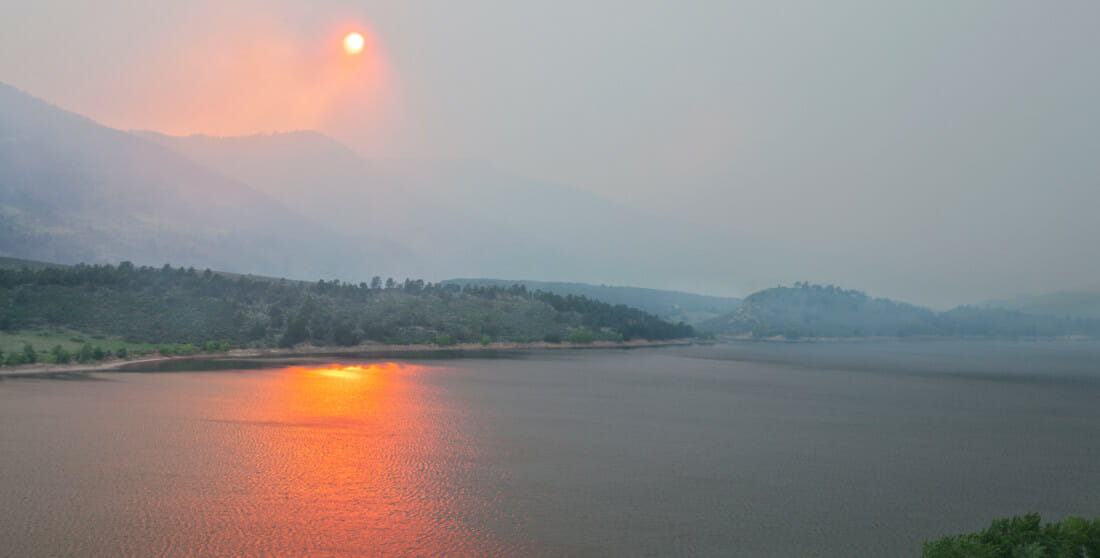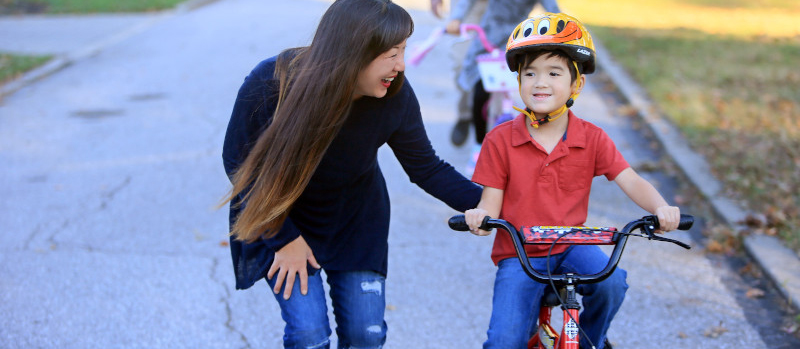Old Man Winter has made his presence known early this year, even though the first day of winter technically isn’t until December 21.
For kids, his early arrival is more than welcome – it means snow days and sled riding! Some of our best memories as kids come from trudging up a hill and racing down it.
While sled riding is a great winter activity for kids, it should come with some precautions. The American Academy of Pediatrics published a 10-year study which estimated a total of more than 229,000 children and teens under the age of 19 making trips to the emergency room for sled-related injuries. The most common injuries were fractures, followed by contusions and abrasions, and the head was the most injured body part.
That doesn’t mean your children need to stay inside this winter! Dr. Gittelman, co- director of our Comprehensive Children’s Injury Center, has some tips for helping your children stay safe on the snowy downhill:
Have your children wear a helmet
Believe it or not, a sled can easily reach speeds of 20-25 mph. Because 43% of sled riding injuries involve the head, we recommend your children wear helmets. Research shows that head injuries in sledding are similar to head when injuries in bike riding, and helmets are 85% effective at preventing brain injuries in bicycle accidents.
Make sure an adult is present
Adult supervision is the key to reducing sled-riding injuries. American Academy of Orthopaedic Surgeons (AAOS) statistics show that 71% of unsupervised sled outings result in injuries.
Scope out a safe spot
Avoid sled riding down areas that contain holes, roots, tree stumps, and trees.
Pay attention to the bottom of the hill
Don’t pick a slope that ends in a street, parking lot, or pond. Both sleds and cars have a hard time stopping on slippery surfaces. Frozen ponds might appear solid, but might not be strong enough to hold your child’s weight.
Dress your children in sensible clothing
Bright colors are easier to spot on snowy hills. Dress your children in layers for extra warmth, and if their clothing becomes wet, bring them inside. Watch out for signs of frostnip and frostbite. Frostnip can turn the skin white or blue-white and typically affects the face, feet or fingertips.
Position your child face forward and feet first
It’s easier for children to steer the sled when looking forward, and when feet are first, it reduces the likelihood of a head injury.
Be cautious of inflatable snow tubes
They move more quickly than sleds, cannot be steered, and if they hit a bump, can propel children into the air.
Allow one child down the hill at a time
Keep the downhill path to one child at a time, and when that child is finished, have him or her move out of the way of the next down-hiller. Similarly, have your children take a different path up the hill so that they’re out of the way of the downhill traffic.
Don’t use sled substitutes
While cafeteria trays and cardboard boxes seem like great substitutes, they’re not easy to steer. So Dr. Gittelman recommends avoiding them all together.
Make safety a priority this year by following our practical tips for safe sledding. Have a safe and enjoyable winter season!
**Editor’s note: image provided by freedigitalphotos.net





